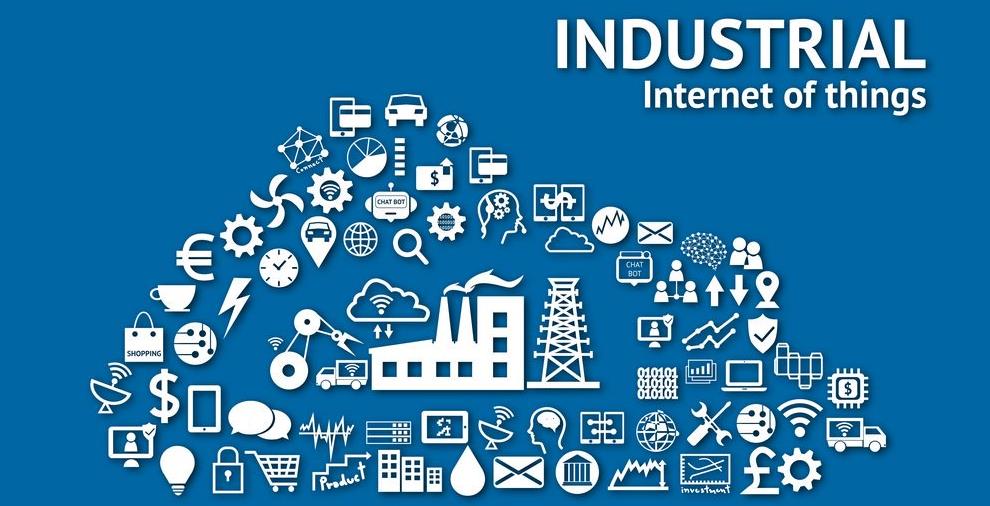Industrial IoT Nets Blossom - LPWA nets rising, large deployments grow

SAN JOSE, Calif. – A new survey shows significant growth in the industrial Internet of Things and rising competition among low power wide area (LPWA) networks. Its release coincides with an update of an industrial IoT framework and word of a new analysis of IoT protocols in the works.
Nearly a third of industrial IoT networks now have more than 1,000 nodes, according to a survey of more than 180 industrial automation professionals by market watcher ON World. That’s twice the level of large scale networks it found in a 2014 survey.
The survey found 12 percent of respondents have deployed 1,000 or more wireless field devices at a single site, and 11 percent are using LPWA networks such LoRa or Sigfox. Two out of five respondents are researching, pilot testing or developing LPWA solutions and three-quarters of those developing LPWA plans are targeting new applications that cannot be met with other technologies.
Networks that support links of up to one mile make up the majority of today’s deployments with rising interest in mesh nets such as 802.15.4-based WirelessHART. But over the next five to 10 years, ON World predicts faster growth for LPWA networks including Sigfox, LoRa, Ingenu and LTE variants such as Category M1 and Narrowband-IoT.
“These new wireless standards will initially target new market segments, but they will increasingly compete,” the market watcher said in a release.
Seeing the rising competition, the Industrial Internet Consortium (IIC) is preparing an analysis of connectivity options to be released in the next few weeks. It will evaluate IIoT protocols and communication patterns, to help users select the best technology for their deployments and provide strategies for linking systems to the Internet.
The news comes as the IIC issued an update of its overarching framework. Version 1.8 of the Industrial Internet Reference Architecture (IIRA) includes four new sections, most notably one on a “layered databus architecture” in part derived from the group’s test bed on smart grids.
One contributor to the effort described the databus as a software framework for large industrial IoT systems that implements a data-centric information flow. It aims to help manage multiple applications in ways that optimize use of analytics.
The original IIRA framework was published in June 2015. It aims to help both component vendors and end users design interoperable IoT systems across a wide range of market sectors. The group released a security framework late last year.
“We have already seen customers who are using the IIRA to define and deploy their IIoT systems,” said Tanja Rueckert, vice chair of the IIC steering committee and a vice president for IoT at software giant SAP, speaking in a press statement.
— Rick Merritt, Silicon Valley Bureau Chief, EE Times
